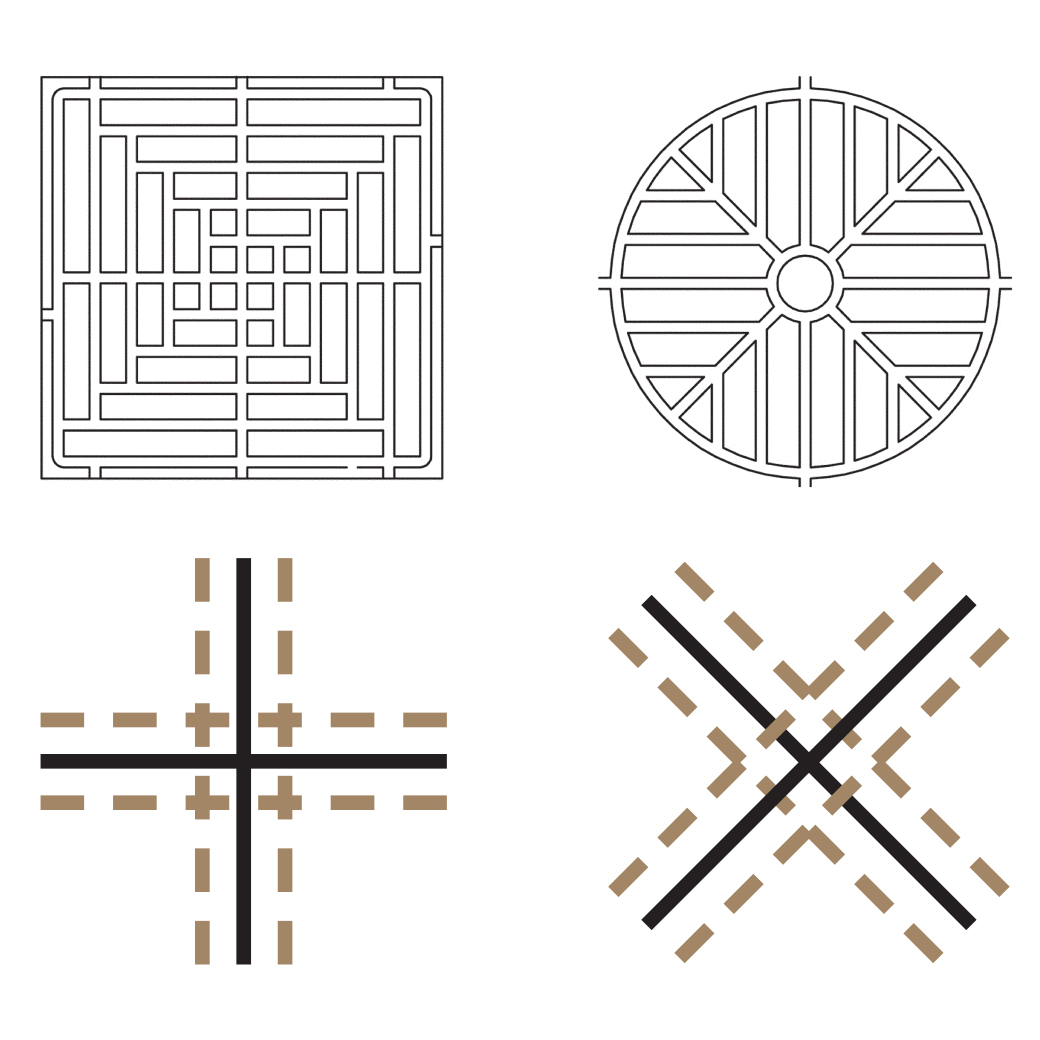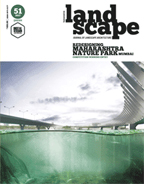History / Traditional practices
Clues on Street Network From Manasara | Archana Sharma
LA 51 |
|
| While roads are believed by some to be a British legacy left behind for India, the Indian treatise on architecture and planning proposes a contrary idea with its village and town layout plans. Having existed before the British ever set foot in the country, the Mansara- an ancient treatise on architecture and town planning, is said to have had a road network already in place with roads of varying widths and types already being categorically defined. | |
|
 |
|
Despite the common myth, especially in the Western realm, footpath is not a British legacy in India. I agree with Menon's1 lament on the lack of studies that might prove or disprove this and such myths, as systematically originating from Indian institutions and by Indian scholars. This observation resonates with my sentiments shared on Quora2 with regards to Murthy and Murty Classical collection saga. This piece, reviews content in Manasara as brought to us by Prasanna Kumar Acharya and Shailendra Sharma, in attempt to investigate whether the construct of footpath came to us via British and to unravel the level of attention to streetscape design in Vedic times in India3. For this study, we look at Manasara as re-presented by Acharya in 1934, 2011, 2015 and Sharma in 2008 for clues.
Manasara is the ancient Indian treatise on architecture and town-planning, said to be resonating with content in various puranas such Agin-purana, Garud-purana, Matsya-purara and Kamikagama, but as abstracted from Brihat- Samhita with attributed date of c550 CE.4 There is a room for further investigation on publication exact date of original texts, the emergence of these texts during Vedic period is clearly established. The Vedic period is quoted as approximately ranging between 3300-500 BCE/ before Christian Era5. Note, that the British influence started making inroads to India only in 1600 CE / Christian era through East India Trading Company.
|
|
|

|
|
|

|
| ISSUE NO: 51 |
|
 |
|
exhibition
ArvindTalati: A forgotten pioneer of Modern Indian Architecture
reports
IGBC's Green Landscape Summit 2016
Changing Climates, Evolving Landscapes, Isola-Goa 2017
Landscape and Conservation, SKNCOA-Pune, 2017
public participation
Public Participation in Design Works:
The Nimby, Banana and Lulu Syndromes
Harshad Bhatia
learning from the past
Clues on Street Network from Manasara:
Footpath or Sidewalks are not a British Legacy to India
Archana Sharma
directions
Going Forward: Landscape Architecture in India
Alpa Nawre
view from within
Identities and Boundaries
Geeta Wahi Dua
profile
Aesthetics, Utility and Environment: Practice of Ravi
Varsha Gavandi, Pune
competition
Redesigning Maharashtra Nature Park, Mumbai
landscape design
Transforming Urban Landscapes: Futala Lake, Nagpur
Deeproots Design
Revitalisation Of Derelict Urban Spaces:
Bundh Rejuvenation and Eco-Restoration of Urban Forest, Gurugram
VSPB Associates
Mana Resort, Ranakpur, Rajasthan
Parul Kiri Roy
Swastik Vatika: Marriage Venue, Anand
Karmavir Ghatge & Associates
Clover Fields: Weekend Home, Bangalore
Genesis Architecture
seeing the unseen
Panchtattvas: The Road Ahead
Dilpreet Bhullar
book review
An Inspiring Visual Reference
Book: #91 Residences Contemporary Indian Houses #3
review by Madhu Pandit
A Post-Colonial Paradigm of Universal Interest
Book: Cultural Landscapes of South Asia:
Studies in Heritage Conservation and Management
review by Narendra Dengle
landscape industry
Outdoor Lighting
Steve L. Aries
|
|